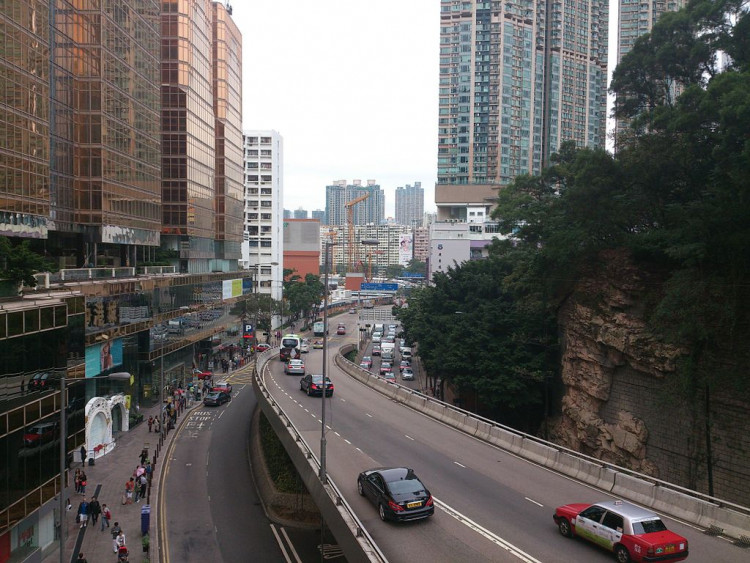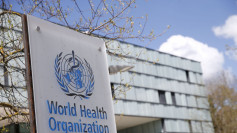Official figures released on Monday revealed more than 1.37 million people in Hong Kong are living below the poverty line and 17.5 percent of children in the city classified as living in poverty. Chief Secretary Matthew Cheung Kin-chun denies the claims that the government was not doing enough, and blames the rise on the aging population, the city's improving economy, as well as changing demographics.
According to the South China Morning Post, the poverty line in Hong Kong is set at 50 percent of median monthly household income before taxation and the policy intervention of the government - including social welfare payments like allowances for the elderly and low-income families. The Hong Kong Poverty Situation report for 2017 revealed that 1.377 million of Hong Kong residents were living below the official poverty line, in which poverty rate rose 0.2 percentage points to 20.1 percent - the highest since 2010.
Cheung, who is also the chairman of the Commission on Poverty, believes their policies have not failed at all. He said there were limitations in calculating the figures since the government support for health care vouchers for elderly and public rental housing were not reflected in the figure. Cheung noted these weren't included to follow the international norms.
He said the economy of Hong Kong expanded last year, as well as the increase in minimum wage from HK$32.50 to HK$34.50 per hour last year. The income and wages of low-income employees had substantial improvement, so the threshold of the poverty line for different household sizes increased as well.
However, Labor Party lawmaker Fernando Cheung Chiu-hung said the poverty figures were worrying, especially when viewed in the context of a buoyant economy. He believed the situation might get worse if the economy took a downturn.
Still, the chief secretary noted the government would engage the ethnic minorities through religious groups so they can help them apply for working family scheme, which many of them were not aware of. He would also bring the findings on child poverty to the children's commission to analyze with the members.
Also, he believed there would be improvements in the poverty situation in the 2018 report with enhancements to the working family allowance scheme made this year - previously known as the low-income family scheme. Looking at the brighter side, the poverty rate following the intervention for the elderly fell by 1.1 percentage points to 30.5 percent, returns to the 2013 level. It went up by 0.3 percentage points to 17.5 percent for children.






